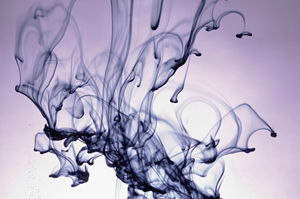Dye Testing

Dye testing consists of testing area drains, downspouts, driveway drains, etc. by introducing non-toxic, non-staining, soluble dye into these systems. If at an inspection suspect wet areas are observed, a dye test is recommended even if one was not previously requested. When wet areas are not found (or created by running water into the pipe), a dye test may still be performed to meet requirements of some lenders. This test can pinpoint many costly infrastructure failures.
The dye itself does not make anything happen. It is simply a colored indicator that can identify water found outside as having come from the fixture where the dye was introduced. It's the volume of water introduced into the system that forms the actual "test". If waste water is coming to the surface (an unsanitary condition indicating serious septic failure) one may see dye in that water, provided the septic system is flowing at common rates. When suspect wet areas are observed, if the system has no maintenance history, if the area is known to have problem soils, or if other historic or site conditions raise question about the condition of the system we recommend that the inspector perform a dye test.
Other applications of dye testing are the tracing of water and industrial effluents, the tracing of cross connection systems, the measurement of power plant discharge, flow studies and mapping, and the detection of illegal sewer connections.